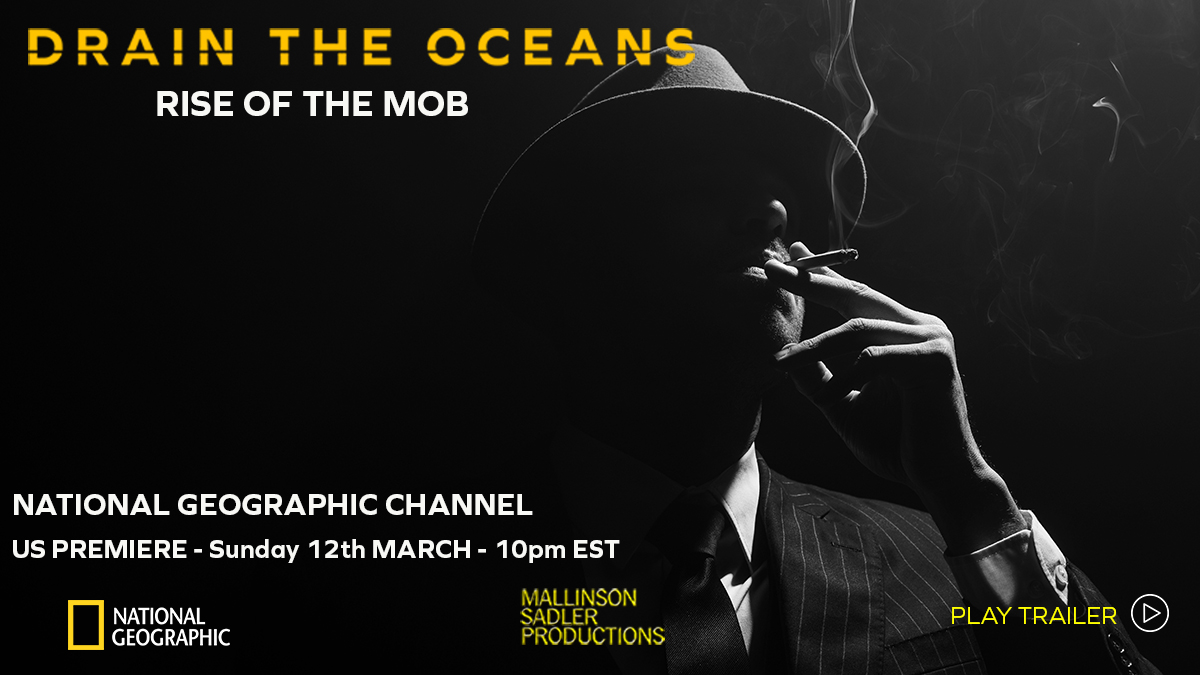Stockton Helps National Geographic Drain the Ocean
Galloway, N.J. - Stockton University's Marine Field Station and the R/V Petrel, equipped with multibeam sonar and an ROV camera, were transformed into a TV film set over the summer while Stockton experts were filmed for an episode of National Geographic's Drain the Oceans.
The historical docuseries takes viewers around the world to reveal submerged mysteries with CGI technology and then pieces together clues discovered in the depths with the expertise of marine archaeologists.
Stephen Nagiewicz, an adjunct instructor of Marine Science and a diver, is a featured expert in the second episode of season six, centered on the rise of the mob.
Rumrunners worked under the radar off the coast of New Jersey during Prohibition, and all that remains of the mostly undocumented missions are the wrecks on the seafloor and a few clues buried in archives. Of the estimated 4,000-7,000 shipwrecks off the New Jersey coast, Nagiewicz dove to one that was clearly connected to Prohibition 35 years ago.
Steve Evert, director of the Marine Field Station, was the captain of an expedition that took the film crew offshore with Nagiewicz and Peter Straub, professor of Biology, to explore where Prohibition deliveries secretly unfolded and to return to the wreck he dove three decades ago.
A Mallinson Sadler film crew sat at the lab tables where students measure eelgrass samples, count oyster spat and look at fish ear bones under the microscope as they prepared to ask Nagiewicz about his past dive and the recent return visit. Bright lights and a boom mic were pointed at him as he recounted those experiences.
Watch the episode on demand through your television provider or by clicking here.
Reported by Susan Allen



